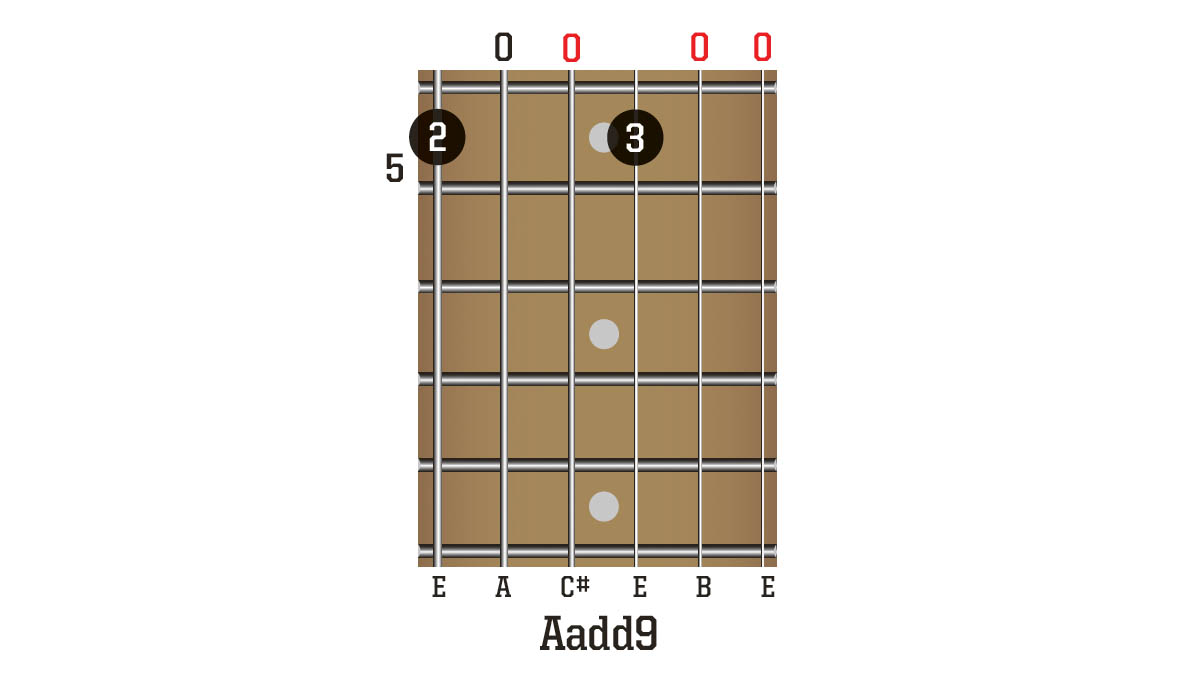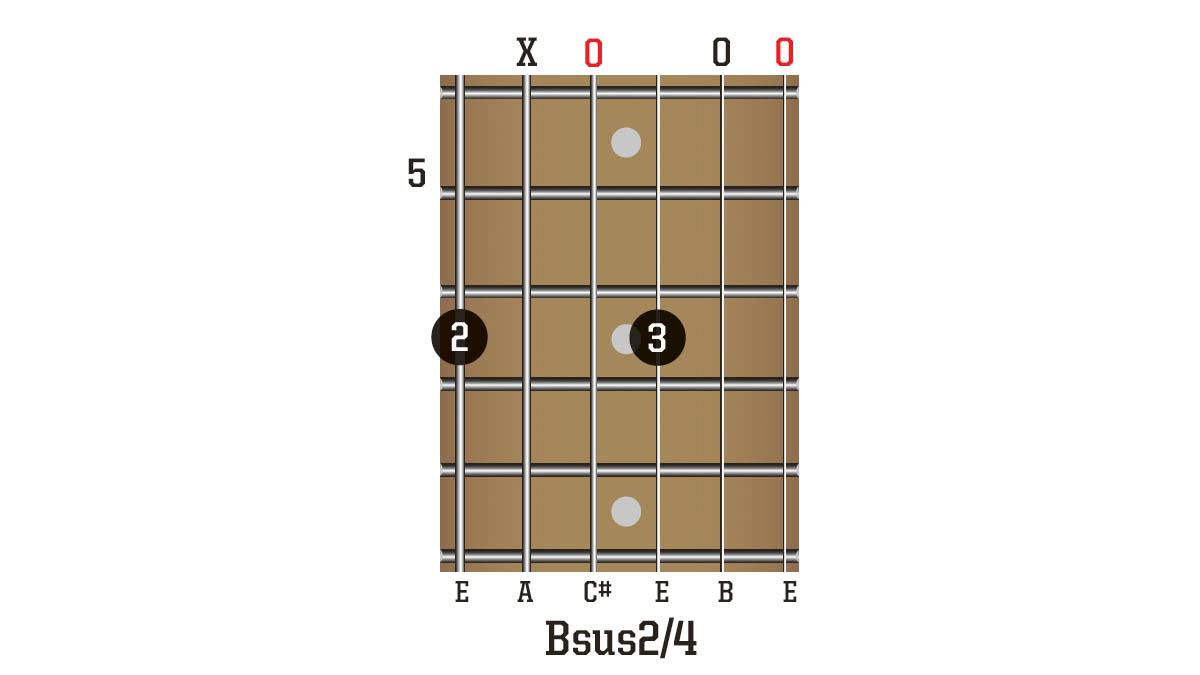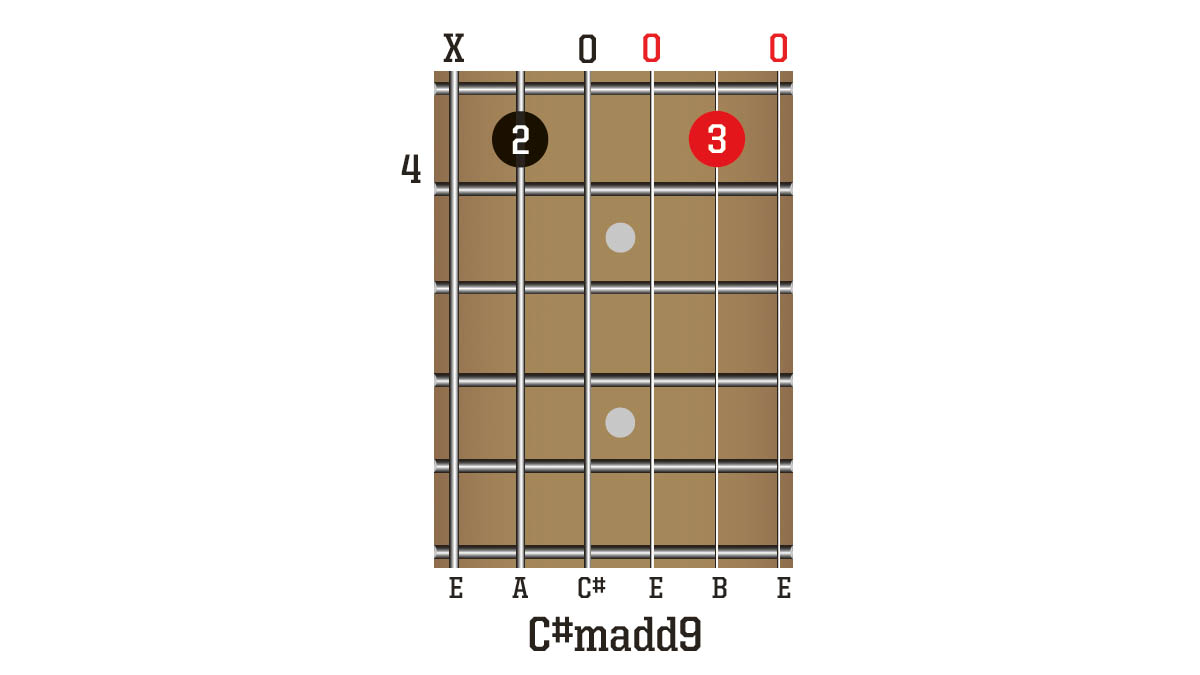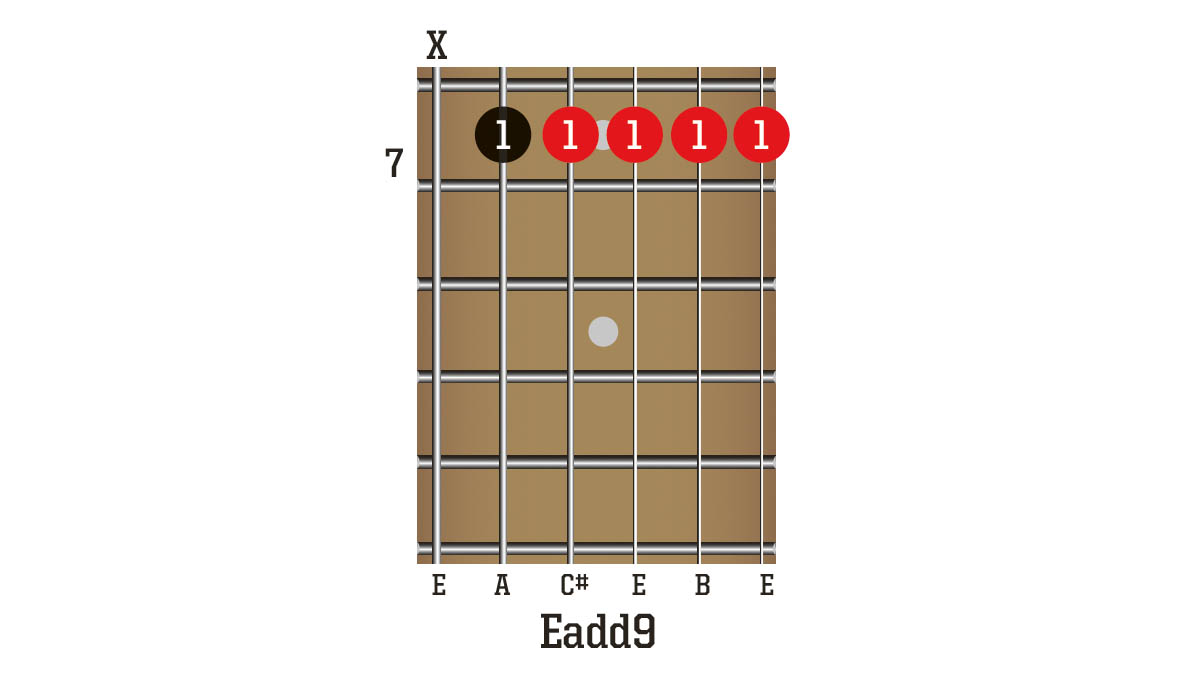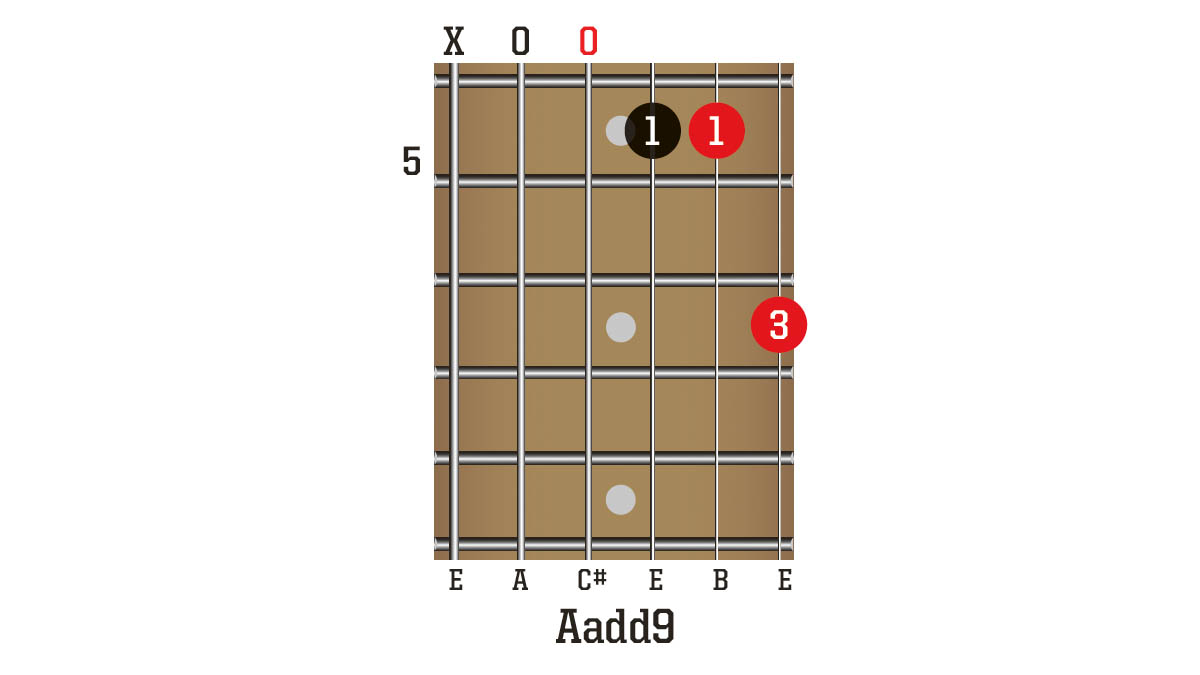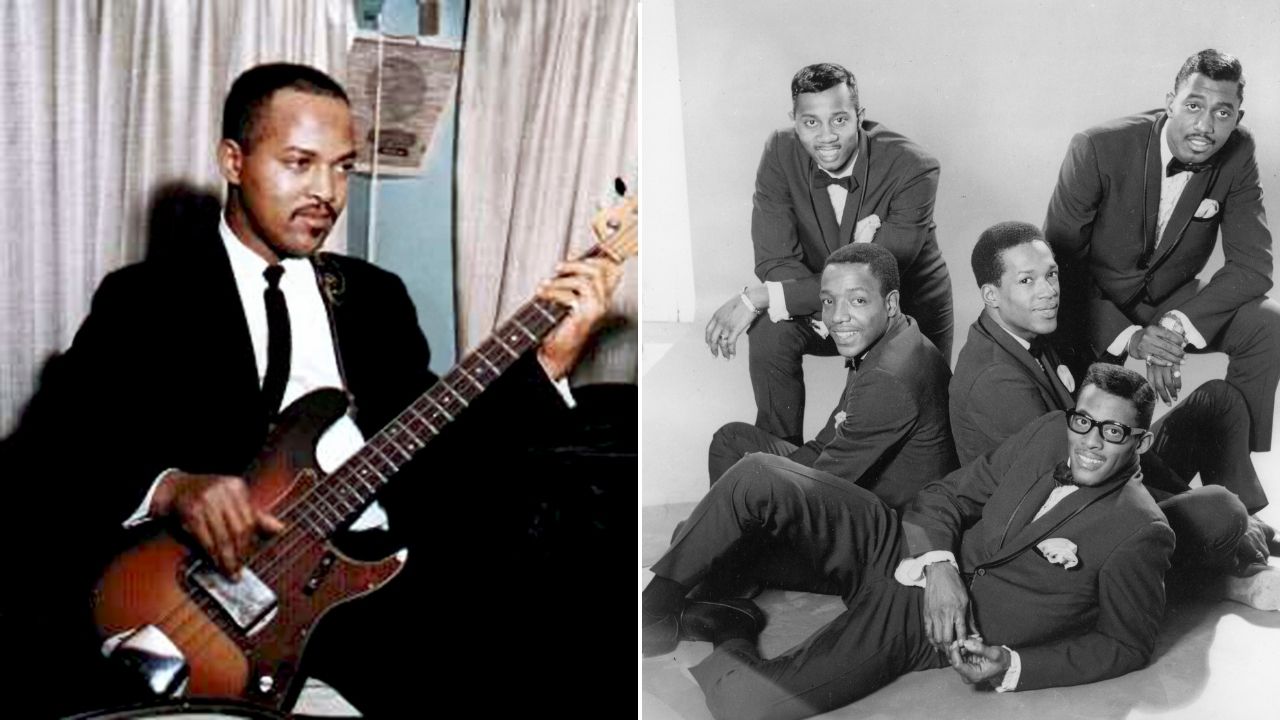Exhausted all the conventional open tunings? Try the adventurous Aadd9 tuning: here are 5 chord shapes you need to know
A favorite of Australian virtuoso Alan Gogoll, this tuning will expand your acoustic horizons and add a touch of magic to your chord voicings

Once you've whetted your appetite for open tuning experimentation, your acoustic guitar having long forgotten the vanilla pleasures of EADGBE, maybe it's time to try open Aadd9 (EAC#EBE).
This tuning is a bit more of a rarity, and is the main tuning used by Australian virtuoso Alan Gogoll.
The tuning has a wide open sound all of its own, with the brightness of a major 3rd interval (C#) and the richness of a 9th (B) giving the signature sound.
It won’t disrupt your neck/string tension much, either – simply drop the fourth string by a semitone and the third string by three semitones.
1. Aadd9
Use your second and third fingers to fret the notes on the sixth and third strings. Strum all six strings and let it ring!
2. Bsus2/4
This chord is created by moving the previous shape up by two frets. Try other fret positions, too.
3. C#madd9
This time, instead of changing fret position, we’re moving the shape on the fifth and second strings.
All the latest guitar news, interviews, lessons, reviews, deals and more, direct to your inbox!
4. Eadd9
If we barre across the top five strings at the 7th fret, a large Eadd9 chord is created.
5. Aadd9
This shape has a jazzier character to the opening Aadd9 thanks to a wider pitch range and fewer ringing open strings.
Jon Bishop is a UK-based guitarist and freelance musician, and a longtime contributor to Guitar Techniques and Total Guitar. He's a graduate of the Academy of Contemporary Music in Guildford and is touring and recording guitarist for British rock 'n' roll royalty Shakin’ Stevens.
